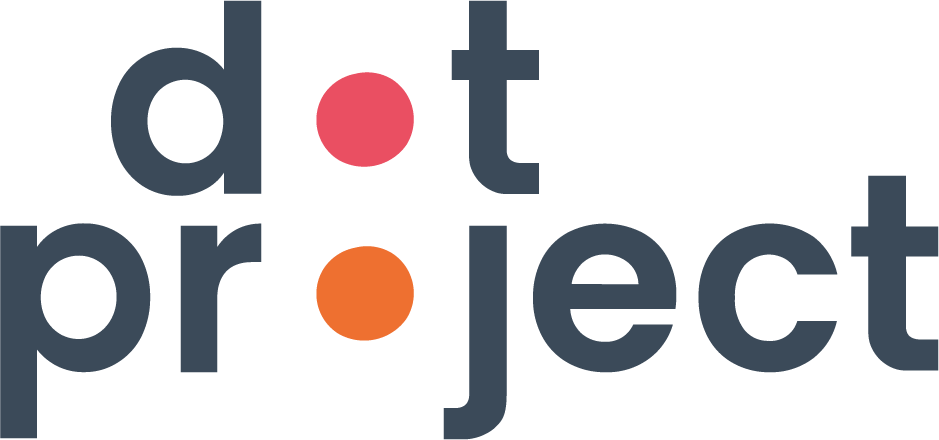How to create and deliver inclusive online learning
We wanted to make our work accessible to everyone and when working on the Beyond programme, we were supported by Ability Net to create an inclusive learning experience. Read the approach that we took, and learn how you can make your own work more accessible.
WHAT IS AN ‘INCLUSIVE LEARNING EXPERIENCE’ AND WHY IS IT IMPORTANT?
An inclusive learning experience, considers your audience and the barriers or challenges they may face when engaging with learning. This is even more crucial online, as you have less information and context about your learners and no longer have the immediate cues as to the difficulties, disabilities, or impairments they may experience. Barriers are anything that require them to engage with learning in a different way, including any temporary or situational impairments that may be disabling their ability to take part in the learning activity (juggling caring responsibilities or joining the learning from a noisy environment).
Accessible learning removes the requirement for anyone to have to disclose that they have a difficulty or disability, because remember, not everyone wants to. It also removes the need to re-design material or create alternative resources to suit individual needs. Providing flexibility and options should help you anticipate and address most barriers. When you remove barriers, you do so for everyone.
OUR TOP TIPS FOR ACCESSIBILITY
Use a variety of methods
Mixed methods will provide people with an opportunity to convey their thoughts, emotions and opinions in a way that they're most comfortable with. For example, at Beyond we have webinars, workshops, Huddles, and 1:1 sessions for learning. If our learners have any questions or concerns, the team can be reached via Zoom, Slack, Emails, or telephone in an attempt to make learning and engagement accessibility agnostic.
Provide methods to opt in/out of certain activities
Everyone learns differently, and being flexible in this way will allow people to have ownership of their learning and the choice to try working on something they want e.g. with our Prototyping in Practice workshop. From the outset, this approach provides with an opportunity for learners to feedback and reflect their view of the learning environment as they make their own decisions.
Give clear expectations for tasks, including what is 'enough’
This encourages active learning and promotes clear norms of engagement for people e.g. stating how much time a particular task should take. This can also help to build rapport; and respond to concerns that your learners may have. Having clear expectations and knowing that learners should only do as much as they feel is possible for them, can help people feel supported and prepared in the environment and result in the production of high quality work.
Consider dexterity
Some people may have limited coordination of their movement. It can be helpful to close the inclusion gap without relying on the assumption that people are all using devices, such as a keyboard and mouse, in the same way.
Build in (and take) breaks
We’ve all been stuck in front of a screen for hours, and this can be difficult for many people. Taking breaks reduces cognitive load; helps keep focus, and increases productivity. Other benefits of taking breaks range from stress relief, a memory and creativity boost, and good performance.
Provide a recording of the session
Workshop and webinars are often very informative, which is great, but can also be a bit tricky for some people. Recording the sessions (to share publicly or just with attendees) helps people to listen and/or watch back and learn at their own pace if something was missed, or if they were unable to attend the full session. It’s also helpful for people who want to rewatch content for comprehension purposes as they have control of the speed and pace of the content.
Outline your agenda
This can include the course syllabus or what is being covered in each session. Being upfront about this will allow people to feel reassured that their needs are catered to, and also helps spot any gaps in the provision that they can bring to your attention.
Avoid idioms, and jargon
Training for people who might not be familiar with a topic can sometimes feel overwhelming. Using jargon or idioms can act as an additional barrier, whereas using clear language can help people understand written information quickly and easily. It can also help speakers get their message across limiting any potential misunderstanding.
Final thoughts
Accessible content provides equal access; equal opportunity and creates a friendly environment. In addition to programme design, when creating content it's best-practice to ensure that your content is both visual and on-visual (e.g. subtitles of videos), that your images have descriptions to accompany them and Alt text. Accessibility can feel complicated or overwhelming, but following these practical steps can ensure that everyone who engages with your work is able to take the most from it that they possibly can.
Resources for you
